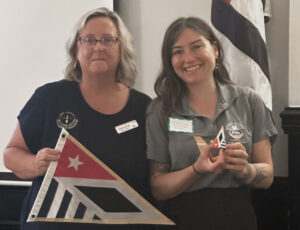News
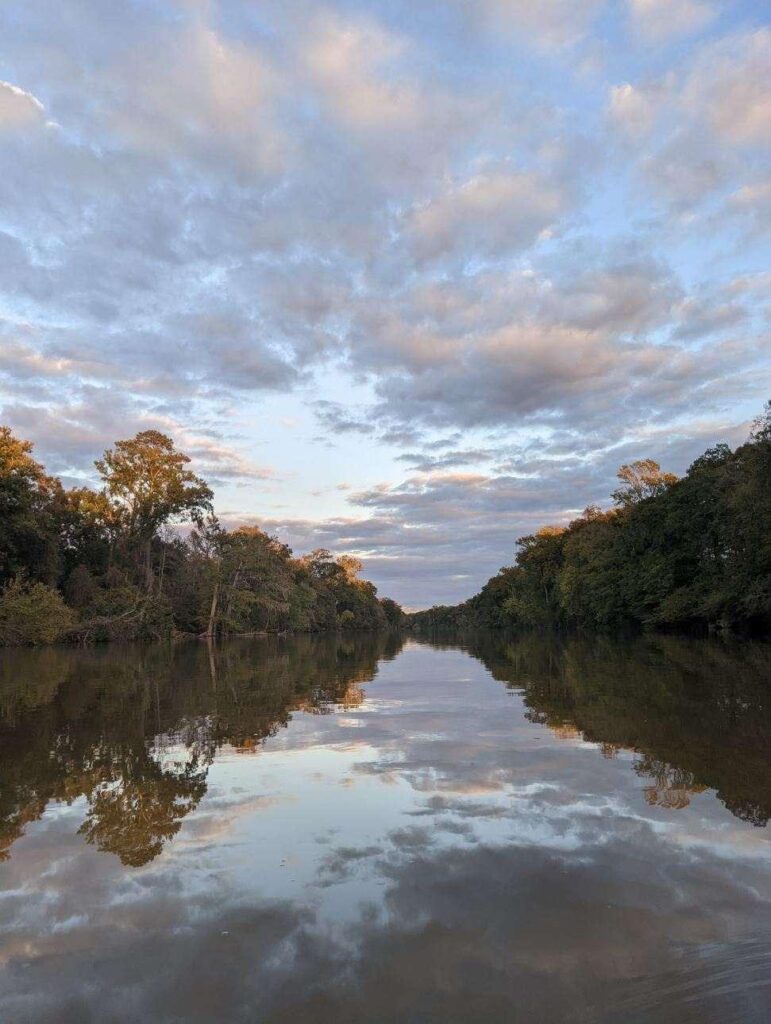
Day 11: EARLY MORNING UPDATE!
THAT’S A WRAP! Strong north winds shortened the final day by a few miles. The crew put safety first and avoided strong wind and waves on the Neuse as it widened at New Bern; ending at Glenburnie Park. Thank you all for following along!
Our epic 11 day, roughly 150 mile, Neuse River Rising paddle came to a conclusion this Saturday in New Bern!
Our very last day on the river started at the crack of dawn. We woke at 5:30 AM while it was still dark and a large yellow moon was just setting along on the river upstream to the west. It was cold outside, in stark contrast to the blistering day before, and we bundled up in our tents under the light of our headlamps before starting the pack-out process in the dark. Unpacking and packing up camp takes a surprisingly long time—sleeping bags and pads need to be put away, belongings put back in their dry bags, hot water cooked on our small camp stove for oatmeal breakfast and coffee (a must even on the river), and everything loaded safely into the boats…dogs and all. Though we’ve gotten good at the process, we still needed at least an hour to get ourselves on the water that morning.
We planned this early start because we knew the paddle day would be a long one. As the river widens and the flow slows, paddling becomes more strenuous and it takes longer to advance each river mile. We wanted to make sure that we got to Glenburnie Park in New Bern in time to meet up with others who had hoped to paddle the last leg of the journey from there to Lawson Park with us. So, we were on the water as the sun was rising.
And wow, what a sunrise! The colors of early morning are impossible to describe in words, but suffice it to say that every possible hue of blue had its moment in the sky that morning. Once again, the river was placid and smooth as glass, and we could see the reflections of the sky, bald cypress trees, and awakening birds when looking down at the water’s surface.
It didn’t take too long however, for the world to wake up and the river to become busy with activity. As the sunlight began to fill the sky, we were met with more boats on the water than we had seen the entire trip put together; New Bern is a popular boating and fishing destination. After almost being tipped over by the powerful wake from the fourth or fifth motor boat zipping by, we started motioning to boaters to slow down as they passed us. Some did, and some didn’t. It’s hard to imagine how powerful the wake is from a motorboat, but it is powerful enough to tip a kayak—especially one loaded up with gear. This uncomfortable experience was a powerful reminder to always slow down when operating a motor boat and encountering non-motorized vessels. As the proud owners of our own small fleet of motor boats, we at Sound Rivers are fans of motoring on the water, but also advocates of responsible and respectful recreation. We hope that the people of the Neuse can help us safeguard the ability for each of us to enjoy the river by slowing down when necessary and ensuring the river is safe for everyone.
Our first significant landmark on the water that morning was West Craven middle school. Sound Rivers partnered with West Craven Middle School to install a green stormwater project and help mitigate flooding and stormwater runoff on the campus. Thinking about stormwater is a big part of what we do at Sound Rivers. Our Campus Stormwater Initiative, partners with local grade schools and colleges to do site assessments and provide recommendations for what kinds of green stormwater projects such as cisterns, bioswales, and rain gardens would best help mitigate flooding from major storm events, and keeping runoff from dragging more pollutants into our rivers. We were proud to pass West Craven middle school and know that Sound Rivers has helped bring good works to this part of the Neuse watershed.
The next major landmark was less encouraging. Turning a bend in the river, the large smokestacks of International Paper Company’s paper plant became visible. The smoke is visible from quite a ways upriver, and we could smell the notoriously sour smells of paper mills wafting through the air as we approached the facility. The processing of wood into paper requires significant amounts of water and chemicals, and when all of that is done and treated, it is dumped back into the river. International Paper Company specifically has a discharge permit that allows for the facility to dump allowable limits of Nitrogen, Phosphorus, and various pesticides and herbicides into the Neuse River. One thing the permit doesn’t cover though is PFAS—the toxic, cancer-causing chemical compounds that are known as forever chemicals because of how long they remain in our environment. While paper mills are known sources of PFAS pollution, these emerging contaminants are so newly understood that our state regulations haven’t yet caught up making rules to keep them out of our waterways. Thankfully, the federal Environmental Protection Agency just released critical guidelines for how much PFAS is safe in our waterways (hint: not much), so we do have a starting place toward stopping more of these contaminants from entering out waterways. As part of a statewide effort to better understand the prevalence of PFAS, Sound Rivers recently conducted water sampling outside of New Bern’s International Paper Mill to determine if the the contaminants are present there. In our preliminary sampling, we did find elevated levels of PFAS contaminants that do far exceeded the EPA’s standards, so we’ll be taking a closer look at this point-source polluter in the future.
Just downstream from the paper mill, we took a side channel to the south known to river locals as “the gut.” This narrower channel parallels the mainstem of the Neuse and provides an ideal break from the widening and increasingly tumultuous mainstream of the river. The gut is also famous for its natural beauty, providing idyllic swamp scenery complete with swamp lilies, hidden lagoons, jumping gar and massive cypress trees standing tall mid-stream. The most frequent word uttered as we paddled through the gut was “wow”.
We paddled five miles through the gut, past its confluence with Bachelor creek, before meeting back up with the mainstem of the Neuse, just upstream from Glenburnie park. Meeting back with the main channel, the winds and waves picked up significantly. While the Neuse is connected to coastal waters, the river even at its widest is governed by winds, not tides. So, when the winds are coming hard from the east, the current flows backward upstream. Such was the case on this final morning of our paddle, and in the thick of the winds, it took all of our strength just to move at a half a mile an hour’s pace. As we turned the final corner to arrive at the Glenburnie boat ramp, the winds hit us head on, and we battled them to paddle the last remaining stretch of river downstream to safely pull in to shore.
The decision to cancel the public portion of our paddle and the very last five miles of our journey is an example of the kinds of tough calls that sometimes need to be made on the river. Regardless of our plans, the weather has its own, and to enjoy the river safely and responsibly, we need to be attentive to the weather’s changing moods. While we had hoped to join members of the public to paddle the last stretch to Lawson Park, we knew it was better to end our journey intact and safe than to foolishly attempt to battle the winds. Mother Nature always wins, and we wouldn’t be doing our job as Riverkeepers if we tried to fight her. So, the three of us smiled big at each other and called it a day—or a full 11 days—of paddling just under 150 miles on the beautiful and incomparable Neuse river.
Wrapping up the journey felt like a dream. Exhaustion hit us almost immediately upon pulling up to the dock, and the boat and gear wrangling into our trucks took the rest of our energies out of us. The Neuse River sure wore us out, but it also filled us up. Walking away from this adventure of a lifetime, each of us are in awe of the impeccable beauty of the Neuse River and inspired by the many, many opportunities for exploration that it offers. We are also inspired to take action to protect it, and have a not-so-short list of the many next steps we plan to take to address pollution and advocate for the river and all who rely on it.
We are also filled up with love and appreciation for all of the people of the Neuse who helped us along the way.
THANK YOU to:
—Let’Lones locals Jan and Jay Whitley for providing us a place to camp & a water drop on day 2
—Alan Capps, friend and owner of Down East Kayak Outfitter in Goldsboro, for lending us kayaks, getting us off the water to ride out hurricane Ian, and then joining us for an unforgettable days 4-6 on the river
—Seven Springs Mayor Ronda Hughes and Town Commissioner Robert Hughes for providing us a place to camp and feeding us a delicious home cooked southern feast on night 6
—Sound Rivers member and Kinston County Attorney, Bob Griffin, for providing us a place to camp on his property and a delicious home-cooked pasta dinner on day 7
—Mother Earth Brewing for providing us with a round of much appreciated beer to end day 8
—Owner of Knee Deep Adventures, Kelsey Curtis, for paddling with us for a day, and for masterfully deconstructing and reconstructing our kayaks when they were locked together and we lost the key on day 9
—Sound Rivers member and Grifton local, Pat Griffin, for cooking up a riverside fish fry after a very long paddle on the evening of day 9
—And all of you who have been following, commenting and sharing our journey along the way!
Sound Rivers is a nonprofit organization funded in large part by folks like you. If you love the Neuse and Tar Pamlico watersheds and want to support our efforts protecting them, please consider donating.
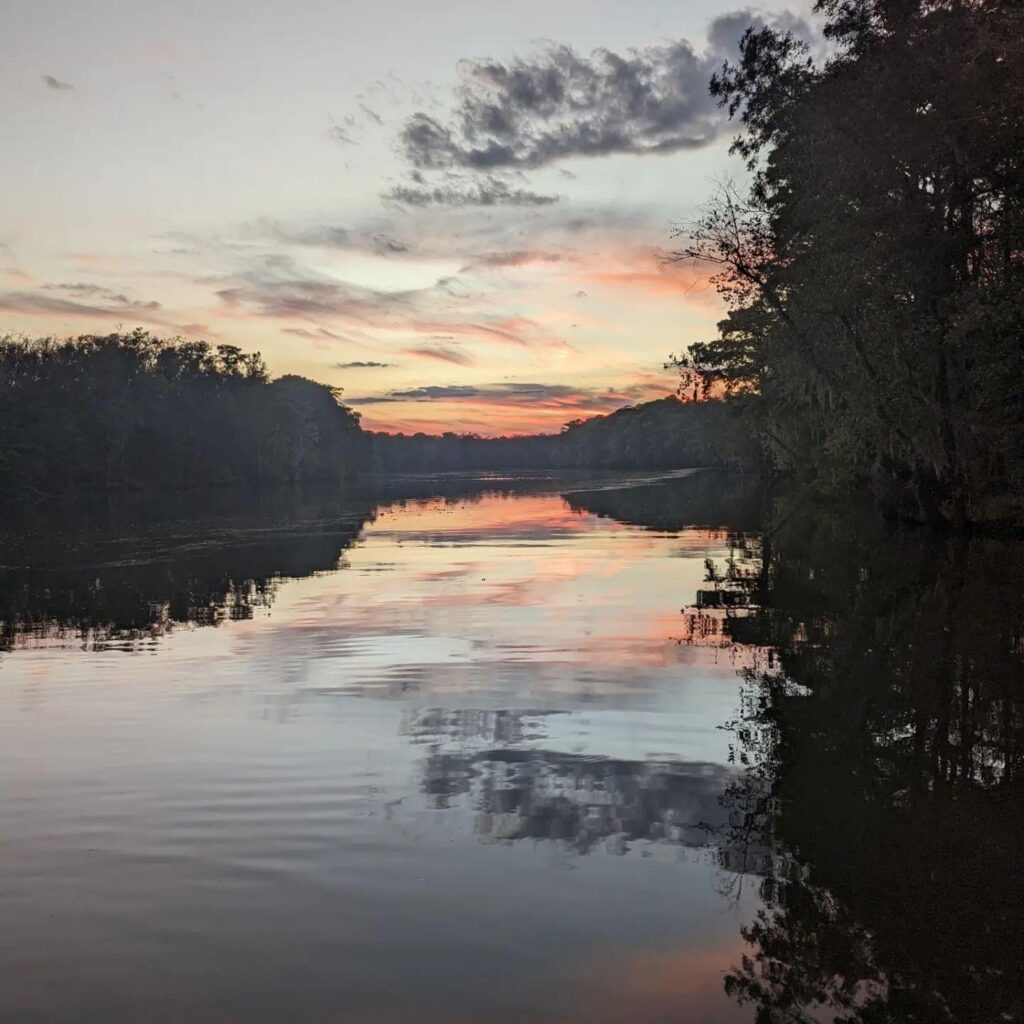
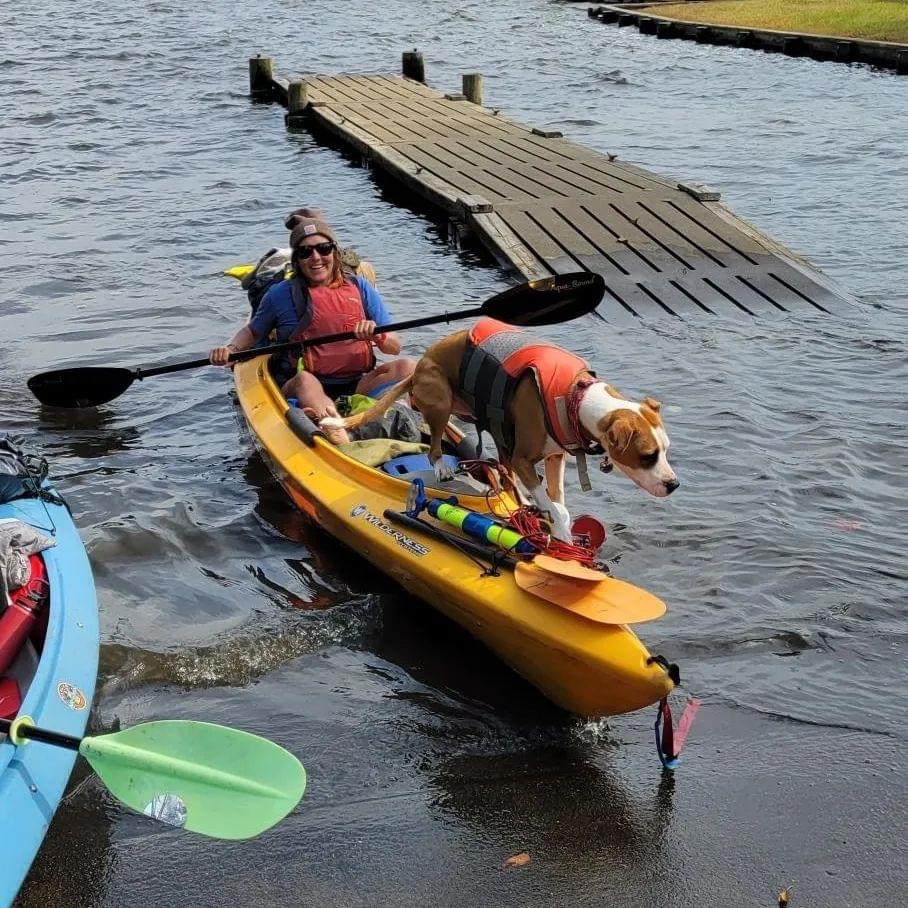
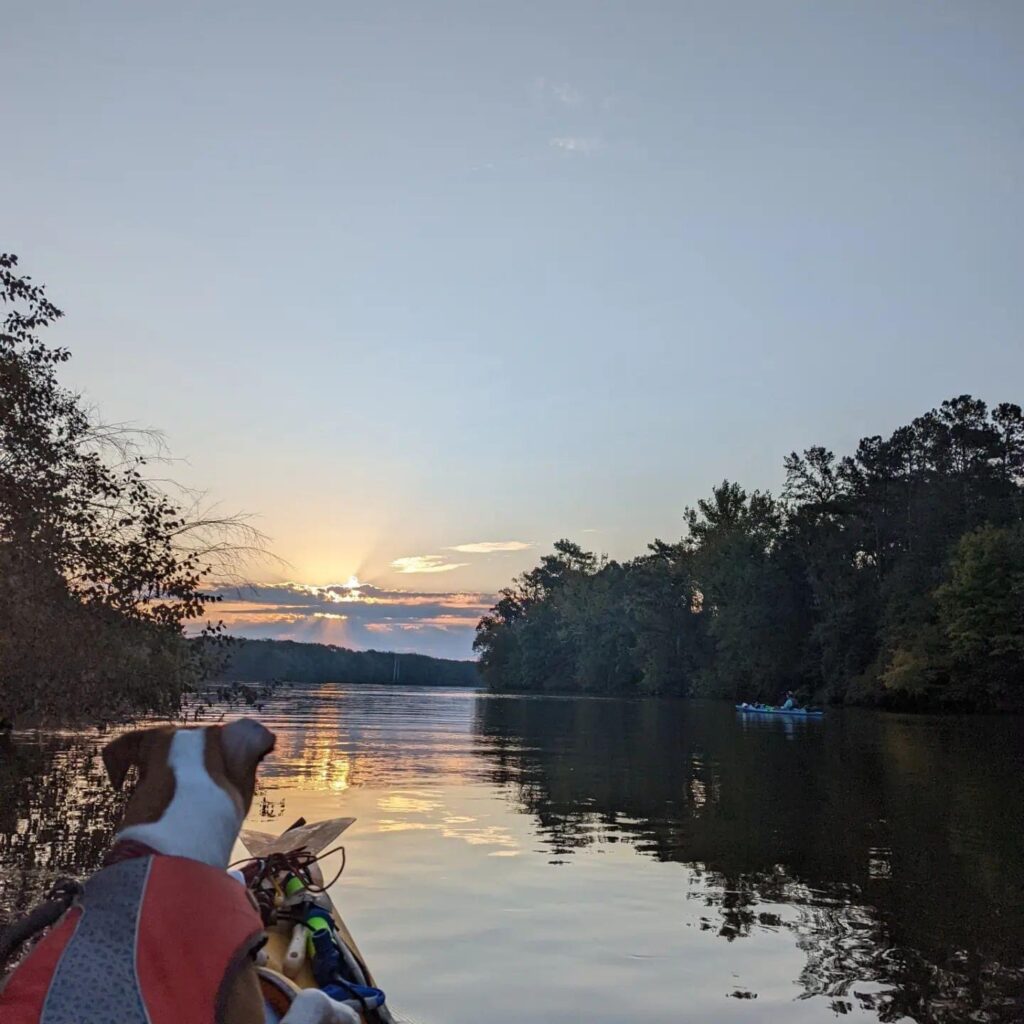

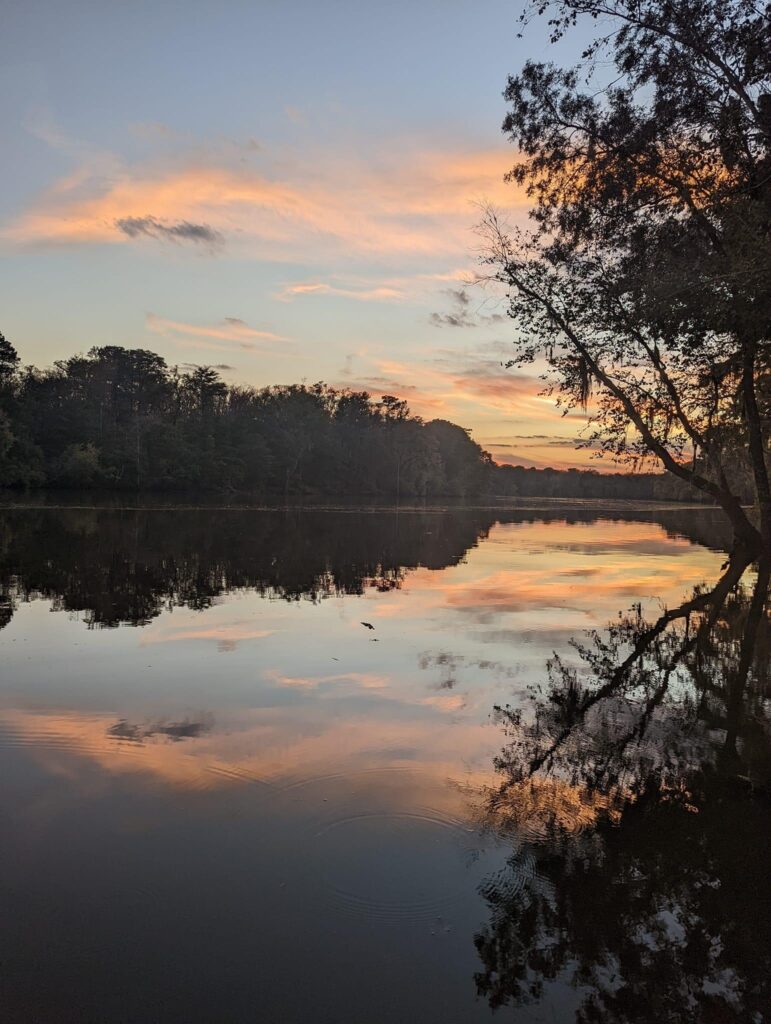
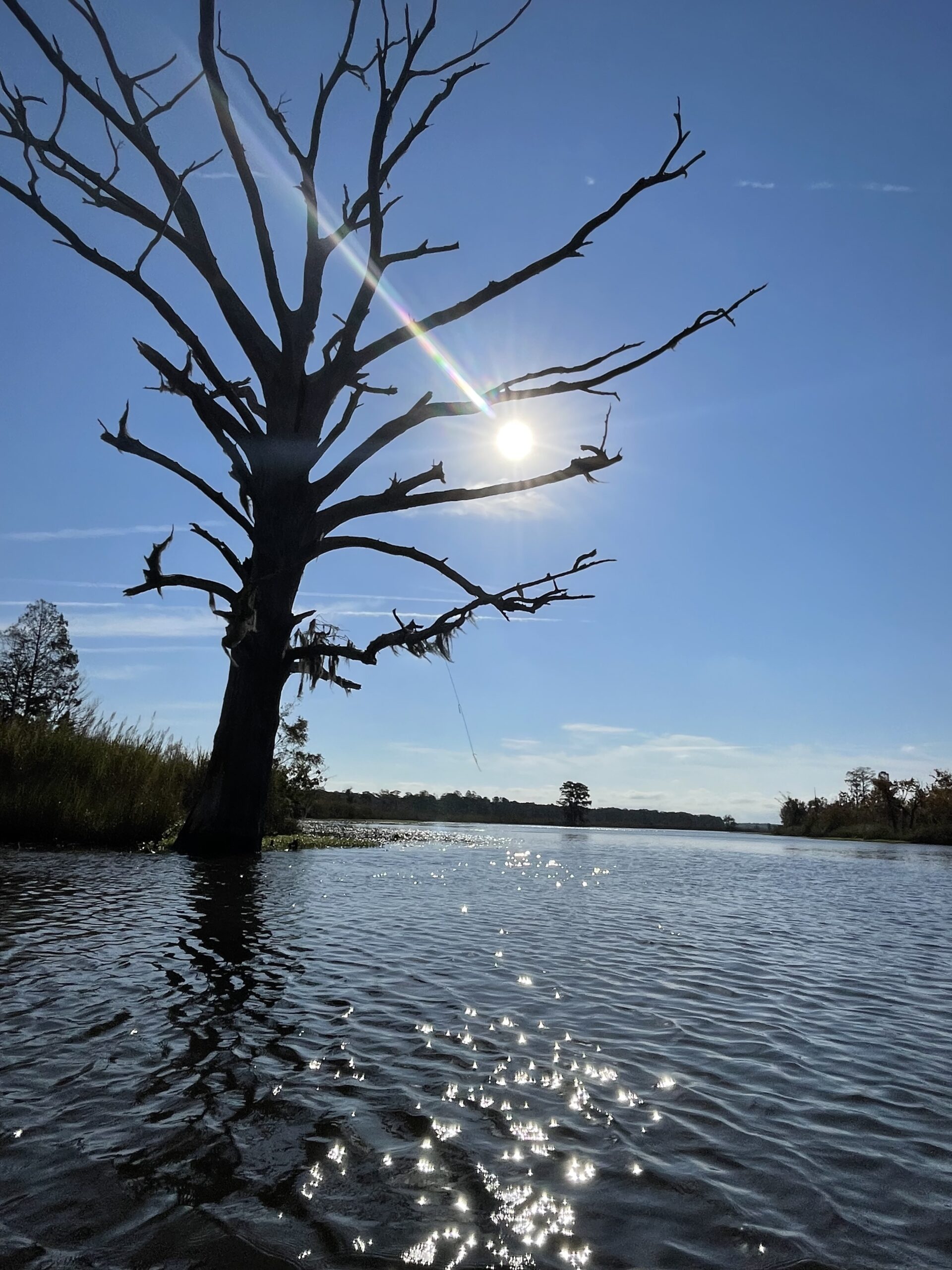
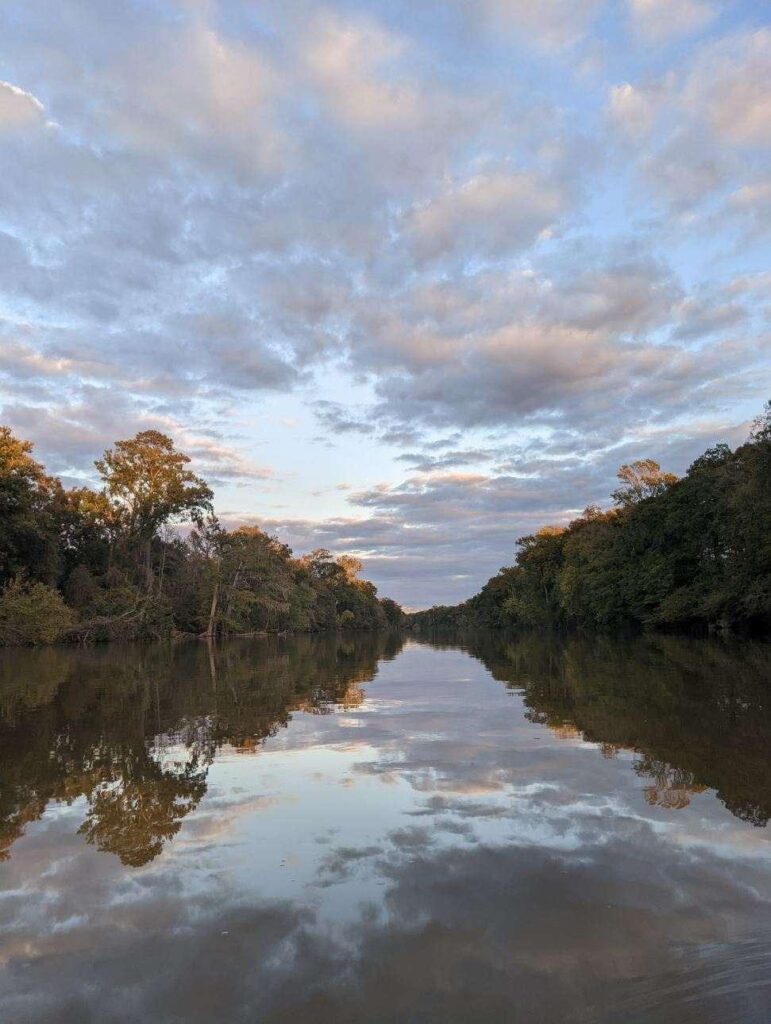
Related News
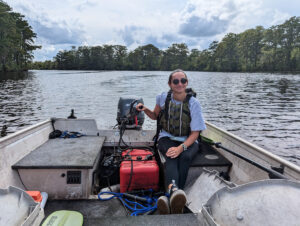
Riverkeeper monitoring Tar-Pamlico Water Trail
July 25th 2024

Rain ramps up trash-trap cleanouts
July 25th 2024

Riverkeeper, intern take on emergency trash trap cleanout
July 25th 2024

Tar-Pam Riverkeeper investigates Cub Creek turbidity
July 25th 2024
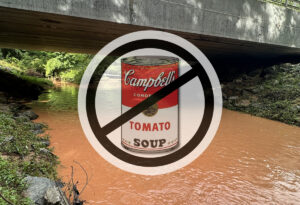
Heavy rains lead to sky-high turbidity on Lick Creek
July 25th 2024
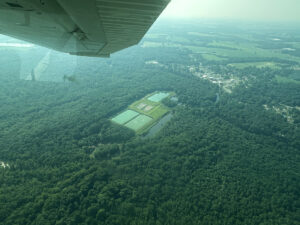
Riverkeeper: What goes up, must come down
July 18th 2024
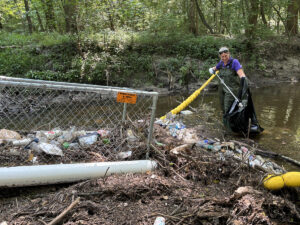
Greenville’s trash trap gets emergency cleanout
July 18th 2024

Sound Rivers gets close up of cyanobacteria
July 18th 2024
